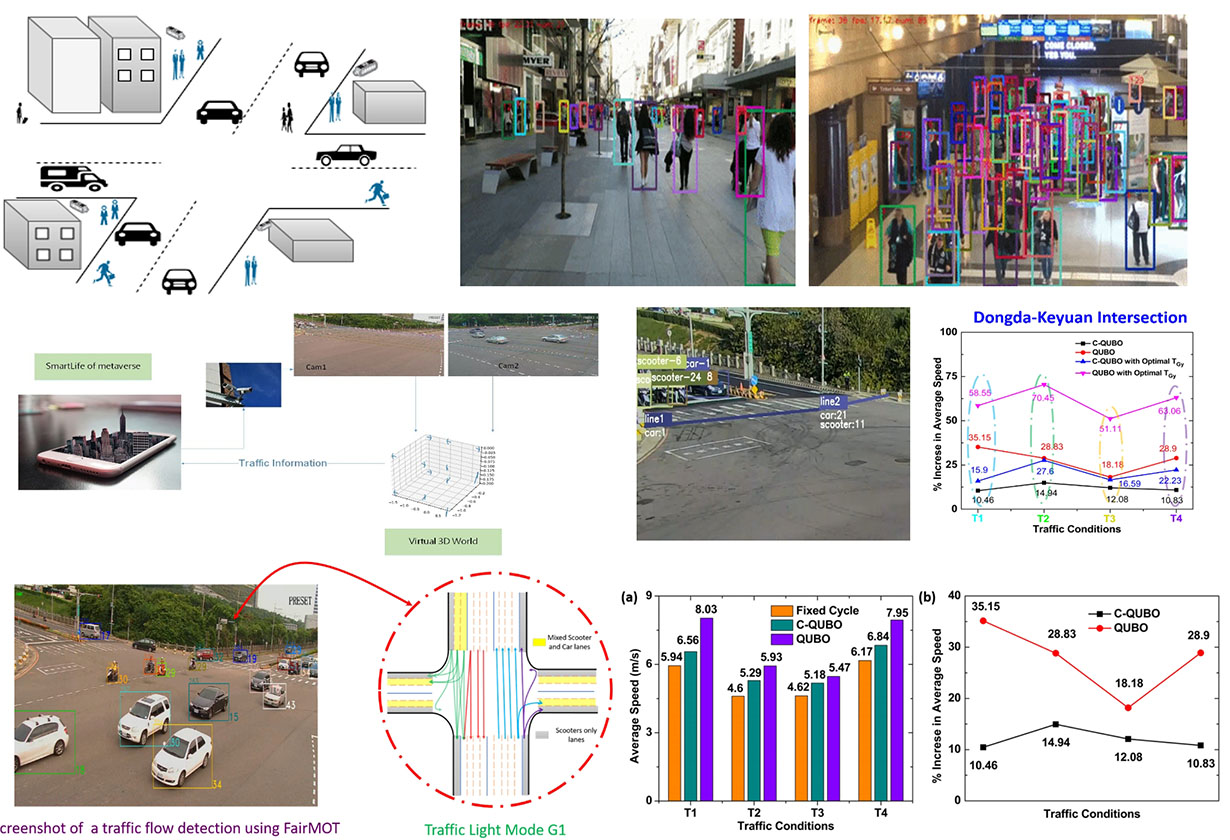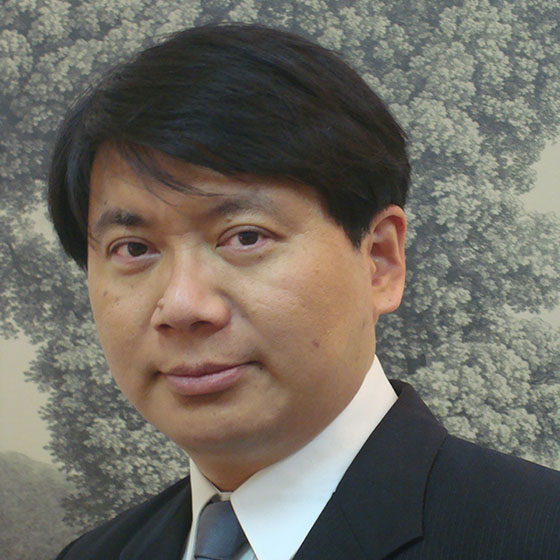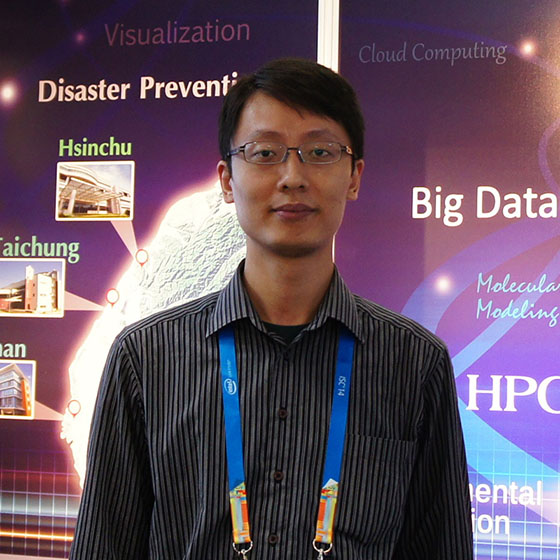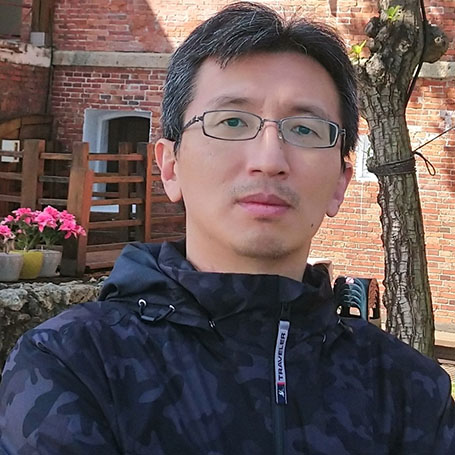



The Smart City Project, a collaboration between the National Center for High-performance Computing (NCHC), National Yang Ming Chiao Tung University (NYCU), Washington University and Massachusetts Institute of Technology (MIT), aims to create a life centered urban information sharing system. The platform uses the team's multi-target tracking technology in conjunction with NCHC's high-speed computing platform (HPC) to identify and integrate urban camera information ranging from pedestrian behavior to vehicle tracking and identification. By incorporating quantum optimization technology, the platform provides information optimization to traffic units, enabling improvements to intersection-related signage and other issues.
The first phase of the project produced several successful outcomes, including the construction and application of the AOT monitoring system, real-time environmental monitoring in Taichung City, and traffic congestion analysis in the Central Taiwan Science Park (CTSP). Using MIT's traffic flow simulation system and a traffic flow analysis system jointly developed by NYCU and NCHC, the project analyzed traffic congestion in CTSP based on intersection information. These systems automatically analyze traffic flow at intersections and learn to optimize the allocation of traffic lights, thereby reducing congestion during peak periods. Using quantum optimization and area simulation systems, the speed of traffic flow can be increased by 30% and waiting time can be reduced by 29%. These results were proudly displayed at Smart City 2022 and presented at IEEE SNPD 2021. By highlighting the benefits of the intelligent traffic flow system, this project demonstrates a promising future for urban traffic management.
In addition, we have developed a traffic flow congestion system (TPCS) that provides traffic flow forecasts for road segments. This system offers many benefits, such as enabling better traffic management, reducing congestion and improving overall transport efficiency. The intelligent traffic flow system not only improves the flow of vehicles, but also reduces travel time, fuel consumption and air pollution. It also improves road safety by anticipating traffic conditions and adjusting traffic signals accordingly, resulting in a smoother and more enjoyable driving experience.
We would like to extend our special thanks to the National Center for High-performance Computing (NCHC), SciDM, Hsinchu City Government, Taichung City Government, and Taichung Science Park for their invaluable assistance and collaboration in our endeavors.

FangPang Lin
(Project Advisor)Senior Researcher (NCHC)

ChungI Huang
Associate Research (NCHC)

JihSheng Chang
Research Assistant (NCHC)

PhD Studen (NYCU)

ChenKai Sun
Associate Research (NCHC)

WeiYu Chen
Associate Research (NCHC)

Hui-Hung Yu
Associate Researcher (NCHC)

NCHC WEB TEAM:Matt Tu、CaiXuan Guo、PeiChing Wu、Katy Fu
If you have any questions, concerns or suggestions, please contact Dr Chung-I Huang (Schumi) at schumi[@]nchc.org.tw.